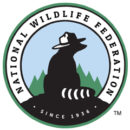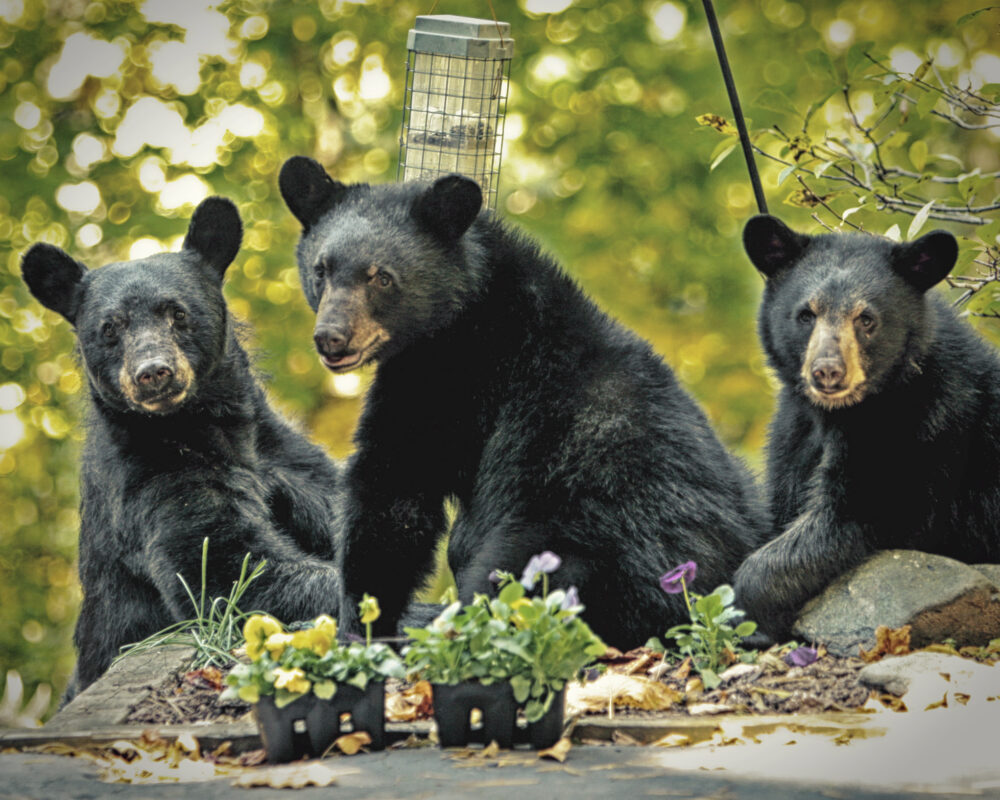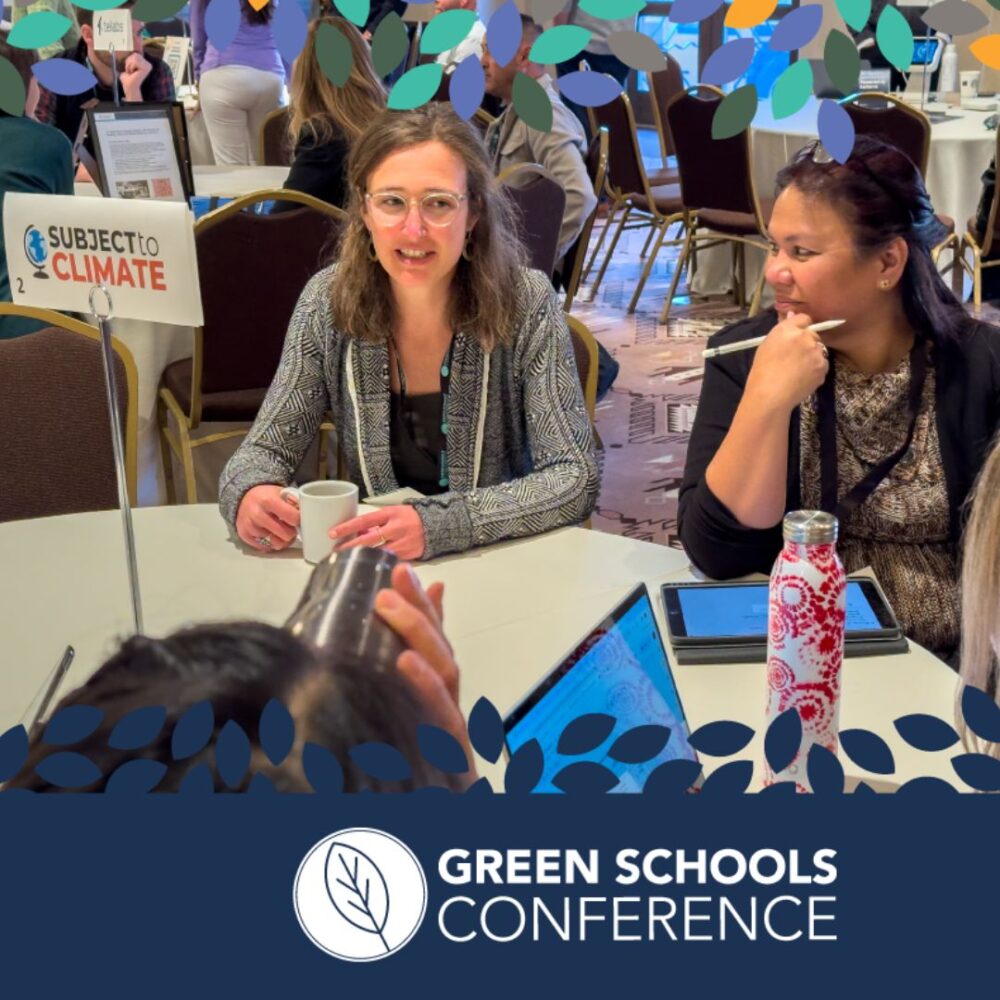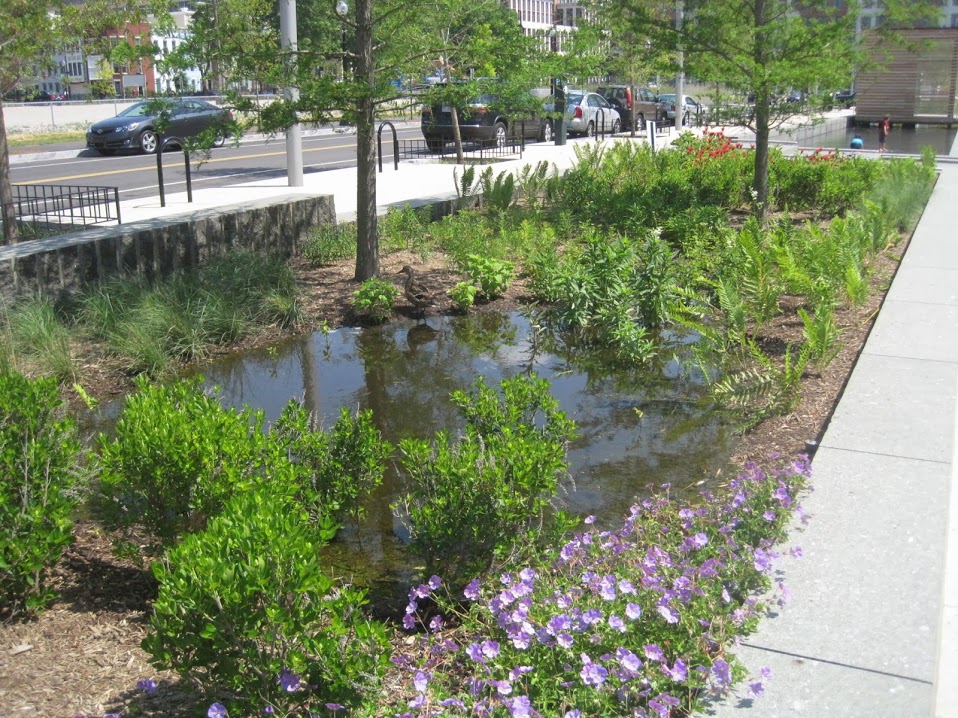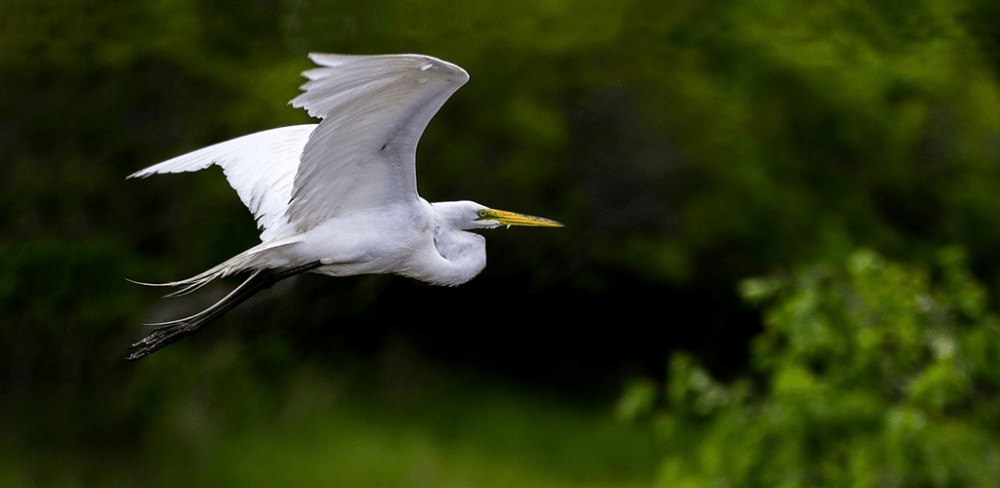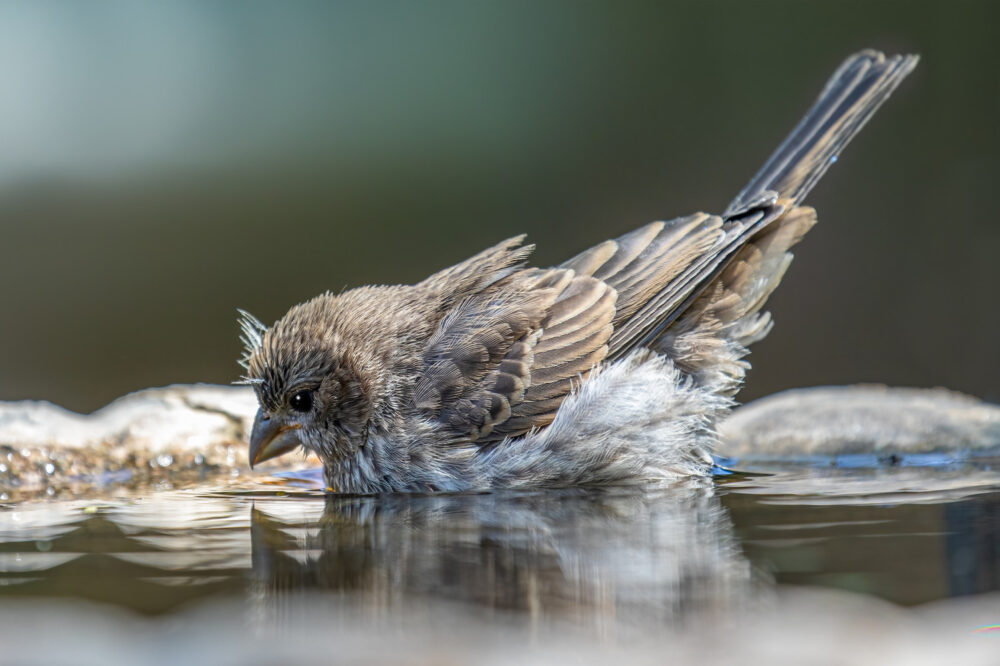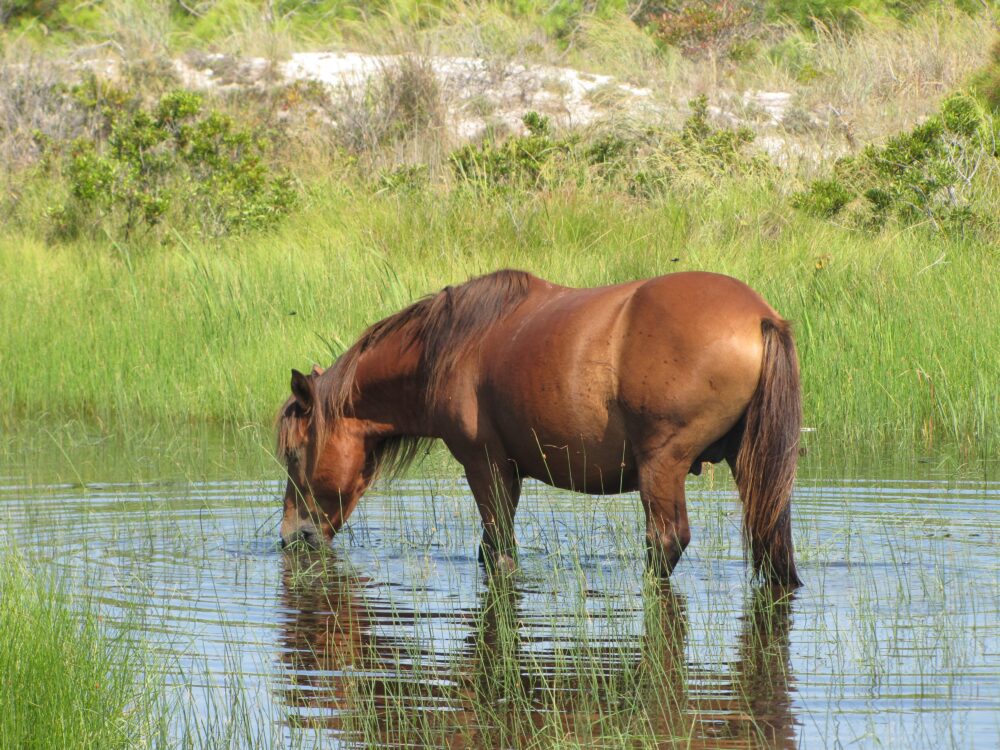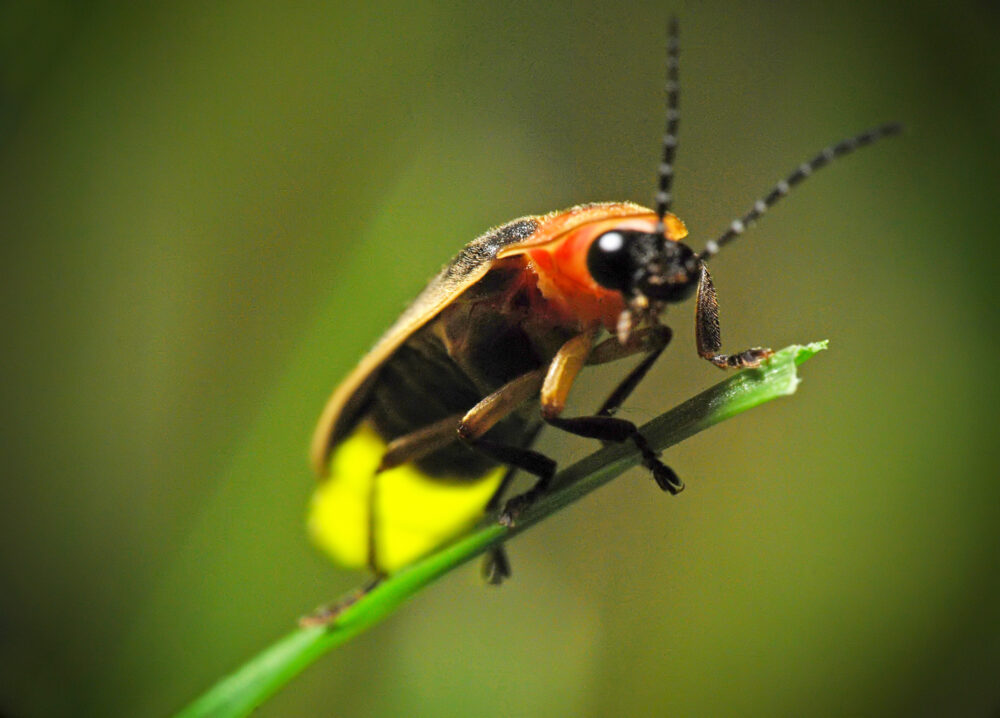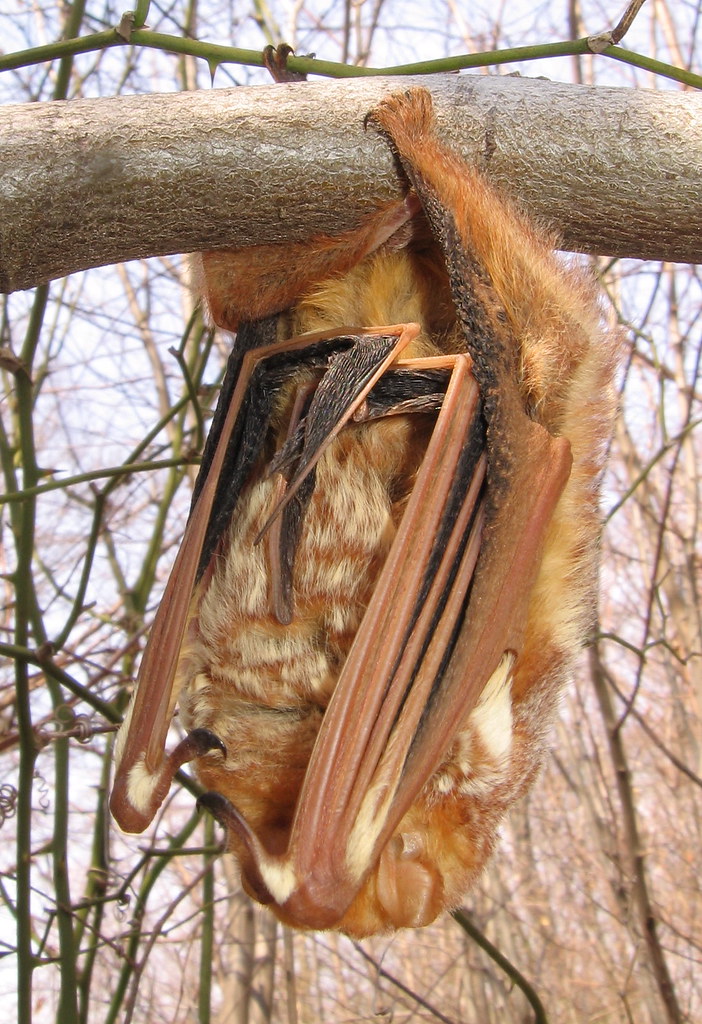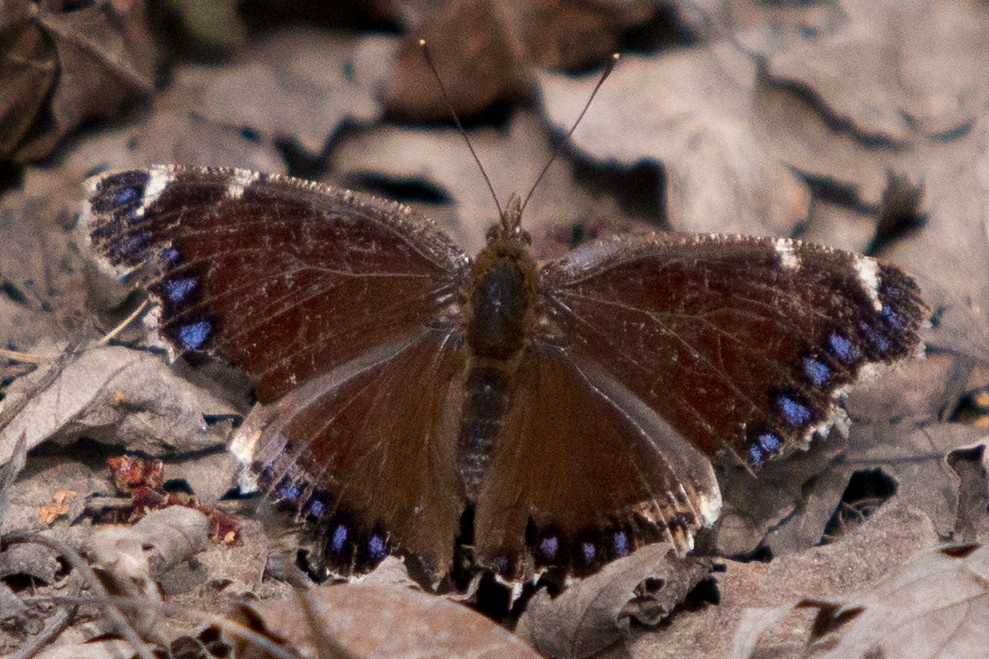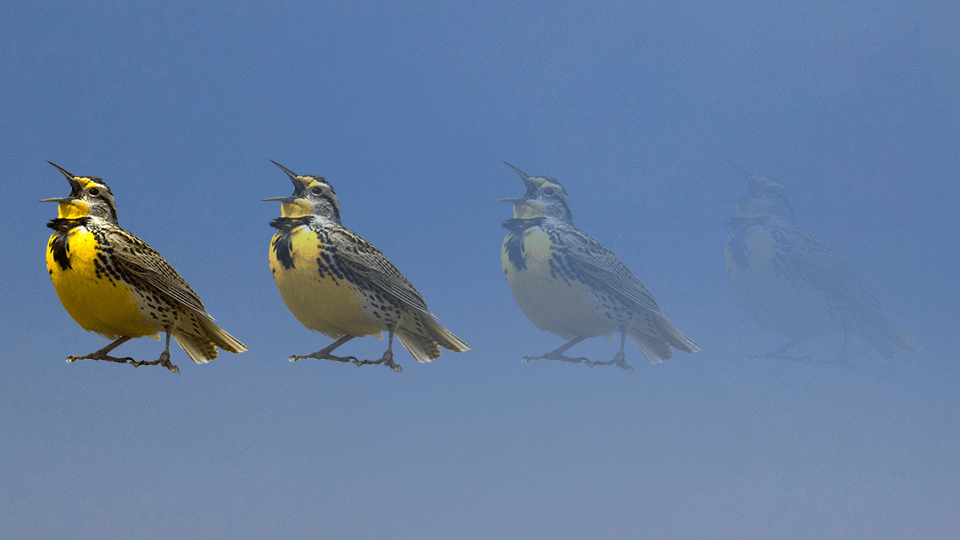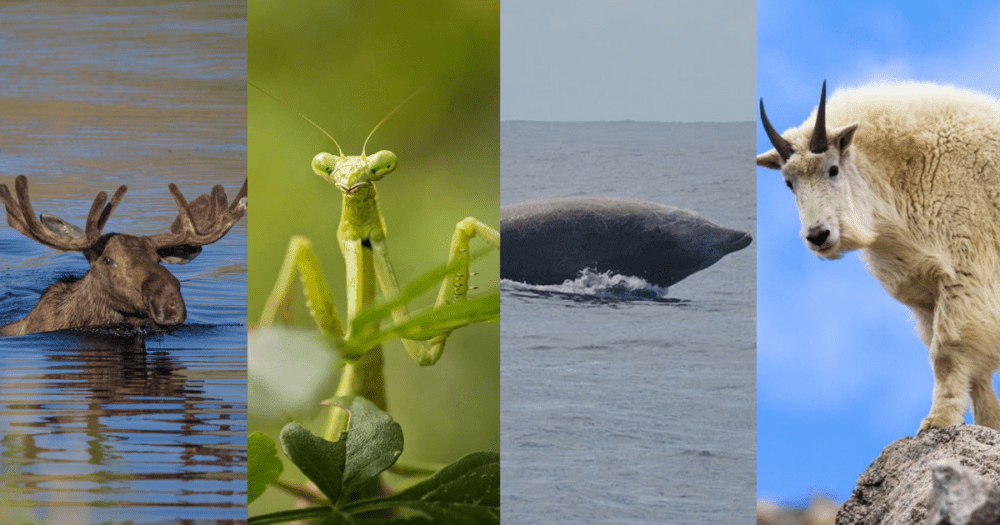We have much more to do and your continued support is needed now more than ever.
Learn to Live Together from Wildlife
This Week in NWF History
Since 1936, the National Wildlife Federation has worked to conserve the nation’s wildlife and wild places. As part of our 80th anniversary celebration, we are recognizing important moments in our history that continue to make an impact today.
Let’s learn from some wildlife species that are models of mutualistic relationships:
Wolves and Ravens
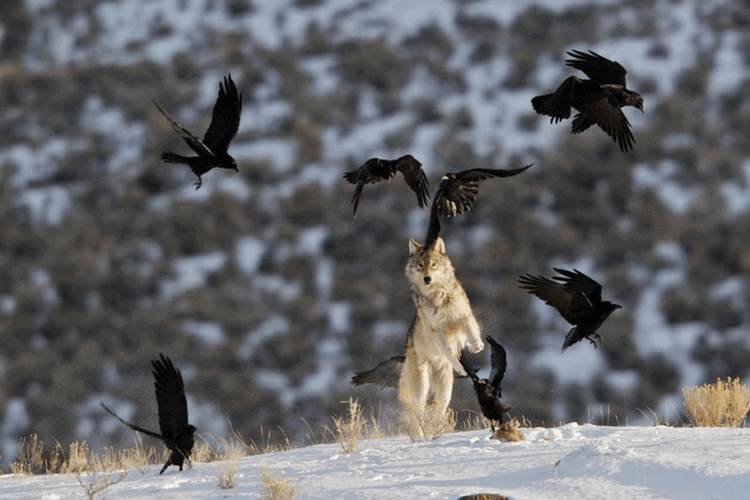
Ravens follow wolf packs to eat the leftover meat after the wolves hunt. According to studies in Yellowstone National Park, ravens were seen with wolf packs up to 99.7% of the time in the winter. Wolves open up carcasses and make the meat more easily accessible for ravens. Researchers then speculate that wolves tolerate the ravens company because the birds’ calls can lead wolves to prey, facilitating hunting. And it’s not just ravens, other wildlife from bears to cougars to eagles have benefitted from scavenging wolf kills.
Mussels and Catfish
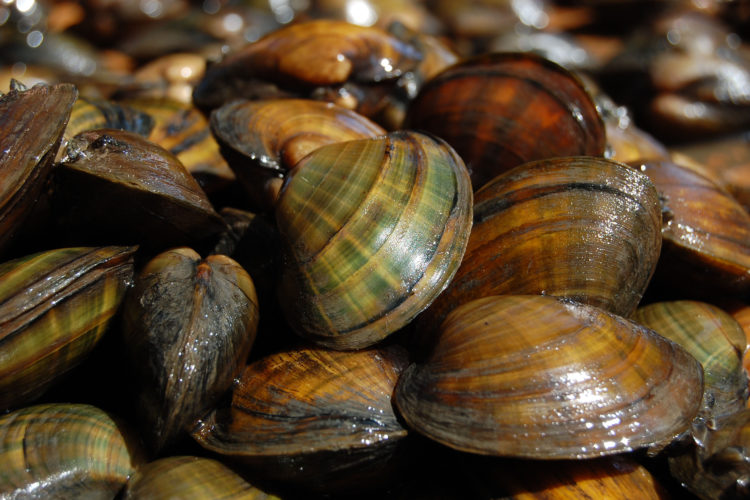
Native freshwater mollusks are in need of help. Their populations have decreased rapidly, leading to about 70% of freshwater mussels to be federally listed as endangered or threatened. Luckily, this is where catfish come in to assist. Along with eating invasive mussel species that compete with native freshwater mussels, catfish can also serve as hosts for mussels. The mussels use catfish to carry their larvae by attaching to the catfish’s gills, fins, or skin.
Plants and Pollinators

Flowering plants and animal pollinators such as bees, butterflies and hummingbirds have coevolved together to depend on one another. Pollinating wildlife get a nutritious meal from the plant in the form of sugary nectar and protein-rich pollen. In exchange, the plants use the animals to move their pollen from one flower to another. In doing so, the pollinators fertilize the plants, allowing them to set seed and reproduce. Birds and other wildlife that feed on plant seeds, berries and fruits also benefit, and they in turn spread the plants seeds far and wide.
Bison and Prairie Dogs
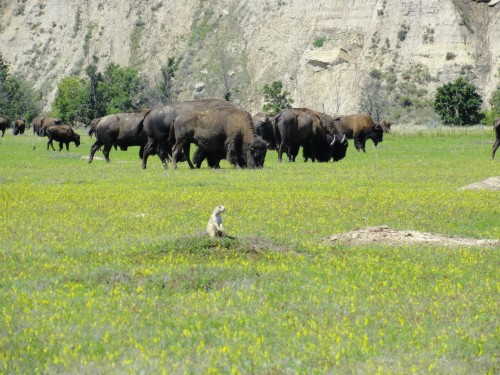
Bison and black-tailed prairie dogs are both native to grassland habitats. Prairie dog groups live in a network of underground tunnels known as “towns”. Bison come to these prairie dog towns because they like wallowing and rolling in the dirt mounds left from the tunnels. As bison graze near the towns, they remove the tall grass and fertilize the soil which helps the shorter grass that prairie dogs favor to grow. When the bison were almost eliminated from the West, there was also a huge decrease in prairie dog populations.

